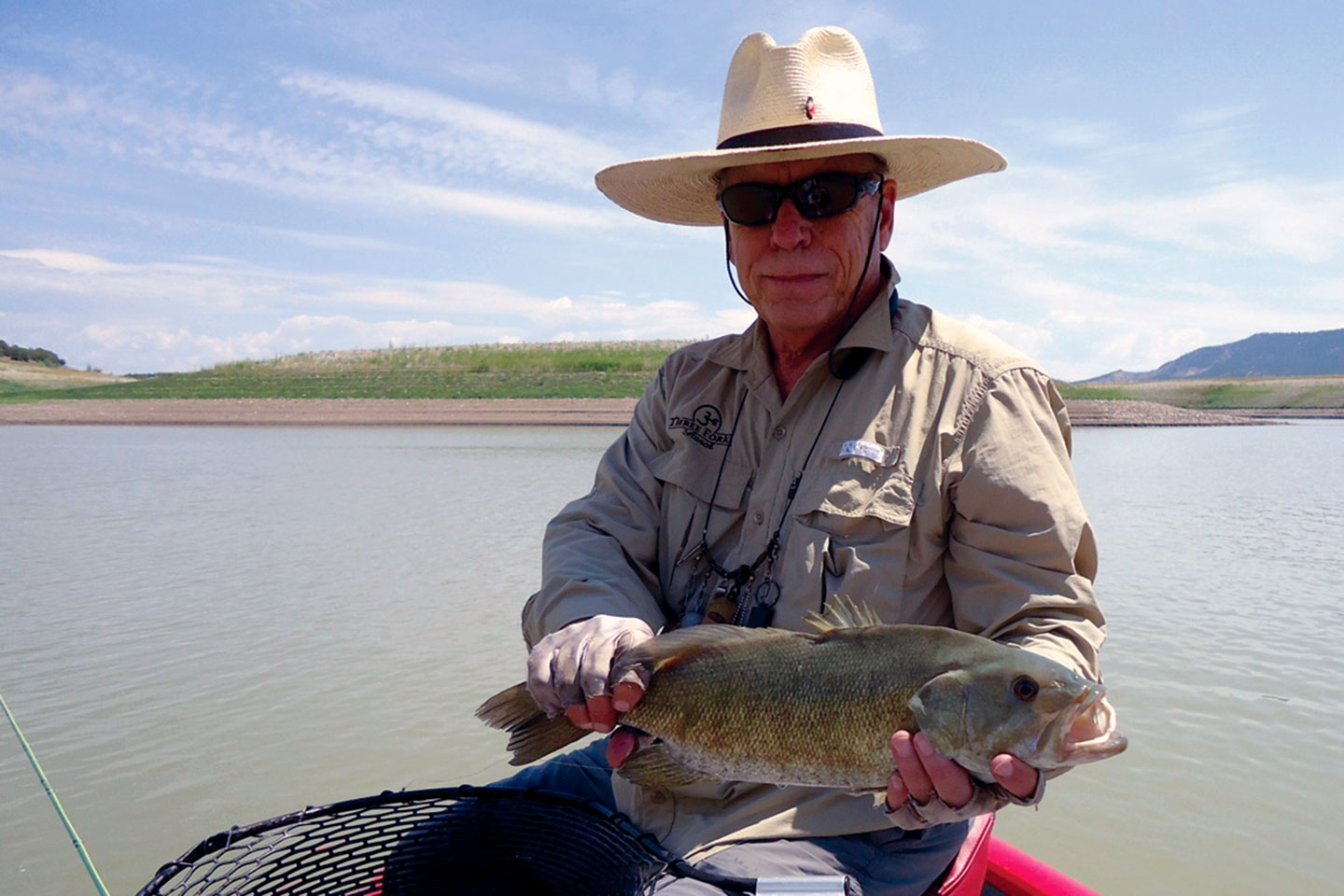One of the definitions of the word articulate, according to my Webster’s Dictionary, is “to give clear and effective utterance.” That was the one I always thought was correct. However, according to Webster, articulate also means “to unite by or as if by means of a joint.” What the latter definition means, to those of us that fish, it is the joining of two artificial baits with a flexible joint. In my world of fly fishing, it means one fly tied in two segments closely attached to each other.
What prompted this sudden use of a dictionary? I recently read an article in Fly Fusion Magazine titled “Out of Joint” by Frank Brassard. The article was about fly fishing with articulated flies. Articulated crank baits have been around for a long time. Long enough for me to remember using them when I was a youngster casting them at bass and pike. The articulation gives the crank baits a very real-life movement pattern as it is reeled in. These baits are available in both top-water and subsurface styles. Articulated flies are fairly new to the world of fly fishing, and most are tied to look like streamers. The articulated flies can have one or two hooks. If there is one hook it is located in the trailing part of the fly. If there are two hooks there is one in each part. The trailing joint is designed to look like the tail end of what you are trying to imitate. The possibilities are many, such as: mice, worms, snakes, or streamers. As a side note, if you are using an articulated fly with two hooks make sure local regulations allow for that.
After I read the article, I checked my fly bins to see if I had any articulated flies. Sure enough, I did. However, the ones I had were big and heavily weighted. On the chance they would not work in the small pond by my house I tied up an articulated Wooly Bugger and San Juan Worm, both with two hooks. Unlike the two flies Brassard showed in his article, Tommy Lynch’s Drunk and Disorderly and Kelly Galloup’s Sex Dungeon, which looked fairly complicated to tie, my choices were quick and easy to tie.
Armed with my new flies I headed out to test them. Sure enough the flies from my bin were not acceptable to the fish in the pond. While they followed the big flies they would not strike them. So, I switched to the patterns I had tied. It didn’t take long before the fish in the pond, primarily perch, attacked them. I found the fish would eat the trailing segment of the Woolly Bugger pattern. The San Juan Worm was eaten in its entirety. I couldn’t figure the eating pattern out, but I didn’t care. The articulated flies were working.
As I was standing on a dock, I could pull the flies by the dock and watch their action. It was obvious the articulated patterns looked more realistic as they moved through the water. This creates a new problem for me. I am a dedicated dry fly fisherman, and only use Woolly Buggers if I need to feed my family or I am behind in some ongoing bet. Do I now learn to tie Drunk and Disorderlys plus Sex Dungeons along with mice and snake patterns? I know trout and bass eat mice, and I once saw a tarpon destroy a snake. Or do I stay in my comfort zone using only dry flies?
For me, and I hope you, the answer is obvious, I am going to do some experimenting with articulation. Feeding my family and winning a bet may have just become easier.

